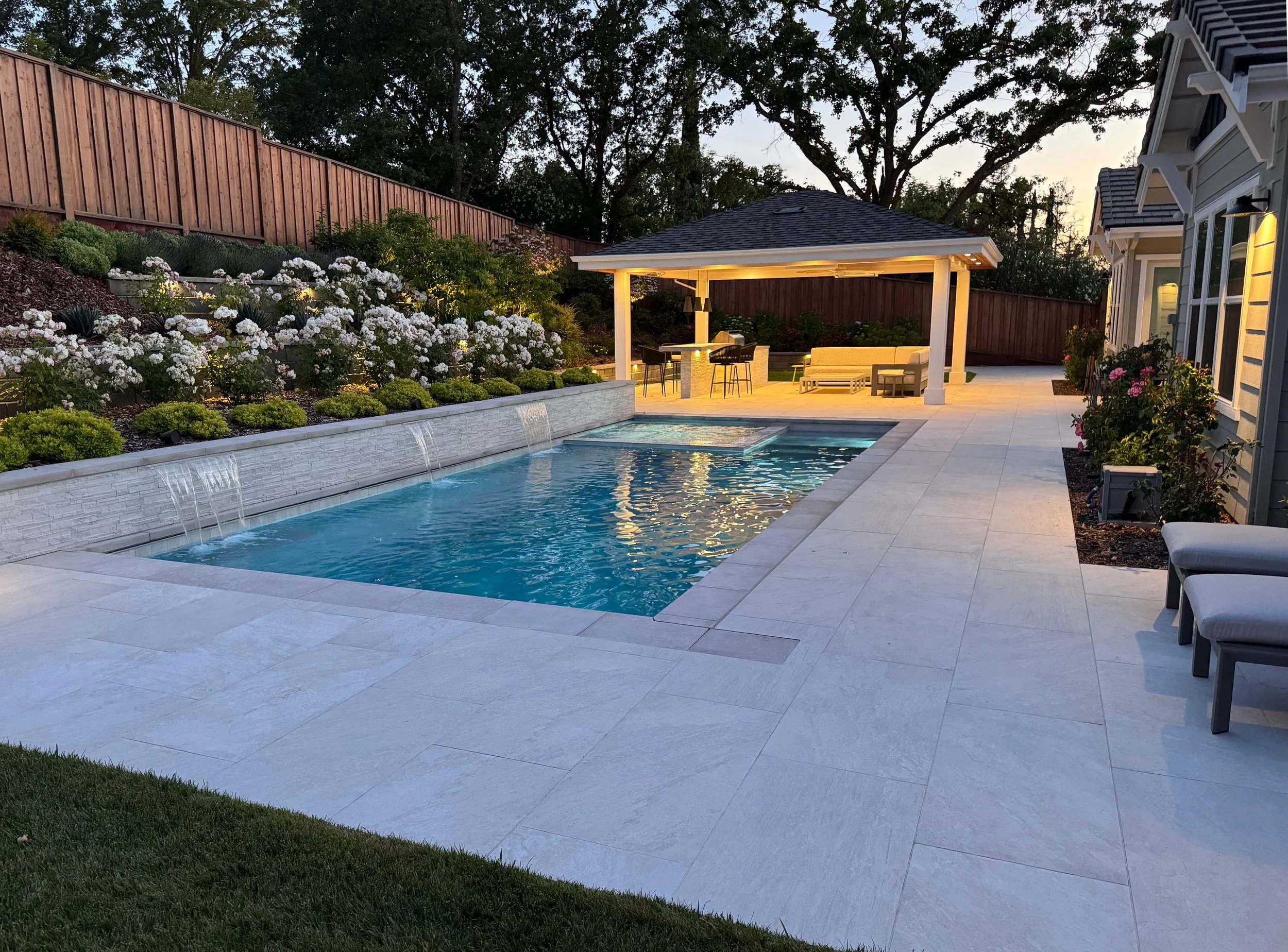
To learn and see more about landscape design & construction, please go to Alderland.com
Landscape Design Plants: The Best Choices for Cold Climates
Alderland’s Plant Experts Will Updgrade Your Landscape!
Plants play a crucial role in modern landscape design by enhancing aesthetic appeal, improving air quality, providing shade, and supporting local ecosystems.
Choosing the right plants for landscape design in cold climates is crucial to ensure durability, low maintenance, and year-round beauty. Hardy evergreens, ornamental grasses, and native perennials such as boxwoods, junipers, and hellebores thrive in colder temperatures while adding texture and color throughout the seasons. At Alderland, we specialize in designing landscapes tailored to the specific challenges of the San Francisco Bay Area and surrounding regions, including areas experiencing colder microclimates. Our expertise in plant selection ensures your outdoor space remains vibrant and resilient, combining aesthetic appeal with sustainability. Whether you're looking to enhance privacy, create a focal point, or add seasonal interest, Alderland’s family-owned team delivers thoughtful, professional landscape design that stands up to the cold.
Moon gate and lush landscaping in Lafayette, designed and constructed by Alderland.
Modern plantings, walls, and patio in Moraga, designed and constructed by Alderland.
Gorgeous landscaping, pool, patio, and waterfall in Walnut Creek, designed and constructed by Alderland.

